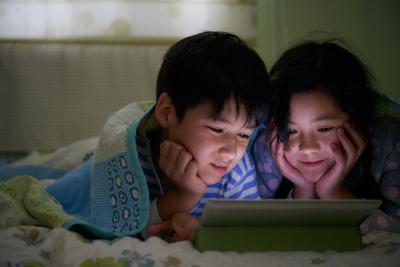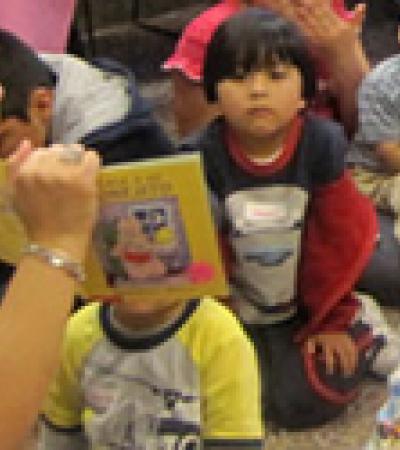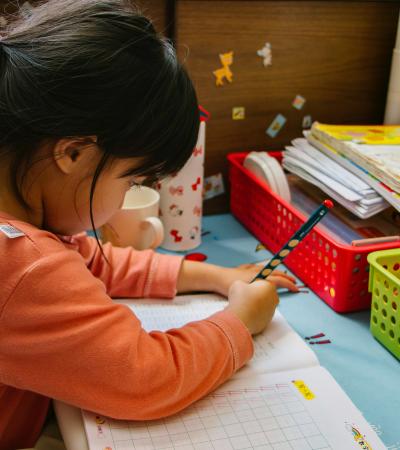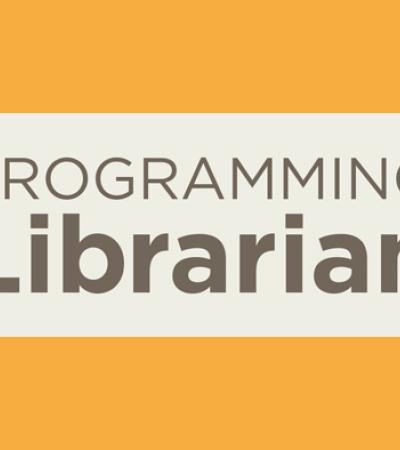Information literacy skills are a cornerstone to school library instruction. Teacher librarians have taught them for years. Why revisit them now? Before we get into how to use "Arthur" to teach media literacy, we thought it might be nice to give you a little background on why our passion for information literacy programming in school libraries was re-energized and renewed.

Introductions: How did we get here?
Misinformation has always been out there, but 2016 saw fake news rear its head in ways never seen before. From #Pizzagate to politics, as we scrolled through our social media feeds we saw misinformation spreading like wildfire. We knew that our students were seeing these false stories being passed around as well, and needed to be able to wade through the noise and confusion.
We decided to revisit our current curriculum and come up with new and exciting ways to make sure every student had the tools and resources to understand fact from fiction, to find reputable sources and to understand what it means to be media literate. It was time to rethink what we were doing in our libraries and turbo charge our instruction.
And that, wonderful readers, is how we found ourselves writing for Programming Librarian. Our renewed and reinvigorated passion for information and media literacy will be coming to you each month in 2018. We hope you enjoy our first post. We’ll be musing about lots of topics around information literacy and will even be throwing in some other programming ideas as well.
Information literacy for kindergarteners
They walk down the hall holding hands. Sometimes at the beginning of the year, they fall asleep on the rug during story time in the library. We know them; we love them: kindergarteners. They are among our most impressionable students, which means the time is right to begin introducing information literacy in the library.
The world in which we live is an ever-changing place. Kindergarten students are exposed to much more technology and information that anyone could have ever imagined 10 or 15 years ago. If you, like many of us, ever find yourself wondering how to approach information literacy with the youngest of students, PBS Kids holds a solution for you.
PBS has designed a guide for librarians, teachers and parents that uses short pieces of the popular children’s television show "Arthur" to teach information literacy.
Topics include:
- Advertising, persuasion and techniques used to sell products
- Censorship
- Journalists and the role they play in crafting a message
- Media and the effect on body image, stereotypes and feelings
- Media and the effect on who and what is “cool”
- Pictures and captions and their effects on the meaning of a message
- Techniques that can be used to create messages that support each side of an argument
Where to start
One of the lessons that really stands out is “Citizen Frensky.” In this lesson, geared around "Arthur" episode #606, Francine creates her own newspaper. The newspaper is a tabloid with sensational headlines and embarrassing photos; it’s so embarrassing that all of Francine’s friends stop speaking to her. Through conversation, students discover how Francine’s articles bend the truth and how everyone involved was hurt. It’s a gentle introduction to the topic of tabloids and realizing everything you see, hear or read is not always factual.
The best part of these lessons is that each comes with a full guide for librarians and every lesson connects not only to information literacy but also to curriculum areas such as math, reading comprehension, writing, science, social studies and heath. You get the joy of using "Arthur" to help young students develop skills in a world of never-ending media and information and the goodwill of the kindergarten teachers for cementing content and curriculum across the school day.
Ready to dive in?
Visit PBS Kids’ site for parents and teachers, where you can find the lesson plans.



